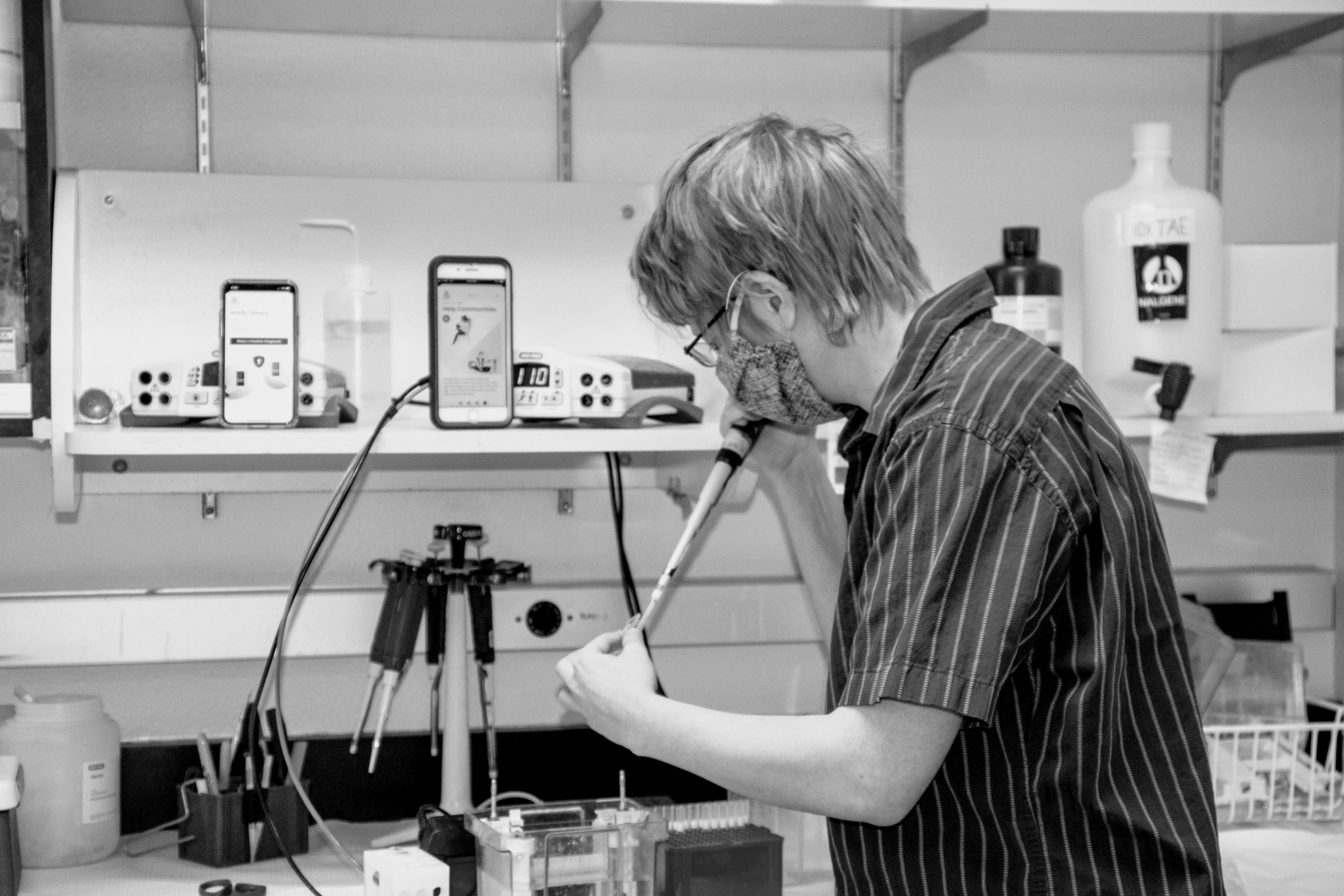Wehealth Notify now enhances NWS alerts Across all United States
With the latest release today, Wehealth Notify now supports enhanced alerts for all 3,000+ counties & territories in the United States. Wehealth...
How testing Covid Watch led to the most sophisticated exposure notification app available anywhere– a digital tool capable of fighting the pandemic in more ways than one.
Contact tracing and isolation of persons exposed to confirmed cases of COVID-19 are pillars of transmission reduction strategies, but living in the Information Age has allowed us to augment these tried and true efforts with digitized tools. The founders of Covid Watch pioneered the development of anonymous exposure notification technology that privately notifies individuals when someone who has been within their Bluetooth range for a specific amount of time has a confirmed infection. This privacy-preserving protocol is designed to accelerate and augment manual contact tracing and is the basis for the Covid Watch app and other apps built using the Google-Apple Exposure Notification (GAEN) API.
Though other exposure notification apps have been released, with more still in development, Covid Watch does more than just warn you of possible exposure–it is the only app that incorporates advanced algorithms to account for your actual risk of contracting COVID-19. We have an advanced risk model that lets us notify users who are the highest risk to others, and our dynamic quarantine recommendation eliminates unnecessary hardship. By individualizing the exposures, Covid Watch can target those in high-risk areas and help to avoid large-scale lockdowns. For example, a blanket fourteen day quarantine is too broad of a recommendation for everyone; some exposures may pose almost no threat of infection, and a disproportionate quarantine recommendation can cause undue stress, financial or otherwise, for many. These unique built-in features make Covid Watch an effective tool for not only protecting our health and privacy, but also in aiding the responsible reopening of communities.
For those of us who don’t wear a lab coat to work, it may be difficult to understand how the same technology that connects our playlist to our portable speakers can also determine if we’ve been exposed to a harmful virus. So, how did we build the most sophisticated exposure notification app available? For starters, extensive research and a lot of testing … and we didn’t do it alone.
Thanks to our partnership with the University of Arizona, one of the top public research institutions in the country, Covid Watch underwent rigorous testing over the course of several weeks this summer, fine-tuning with original research everything from the signal strength calibration to the dynamic risk scoring model developed by Dr. Joanna Masel from the university’s Department of Ecology and Evolutionary Biology. In collaboration with Covid Watch and University of Arizona colleagues, Dr. Masel developed a method to calculate the level of exposure risk of each Bluetooth interaction by measuring the length of exposure to and distance from a person with a verified diagnosis, as well as at what point during the person’s infection a user was exposed. The level of danger of each individual exposure is calculated and assigned a risk score which is then used to inform quarantine recommendations. The entire preprint is available on medRxiv for those interested in reading more of the research. 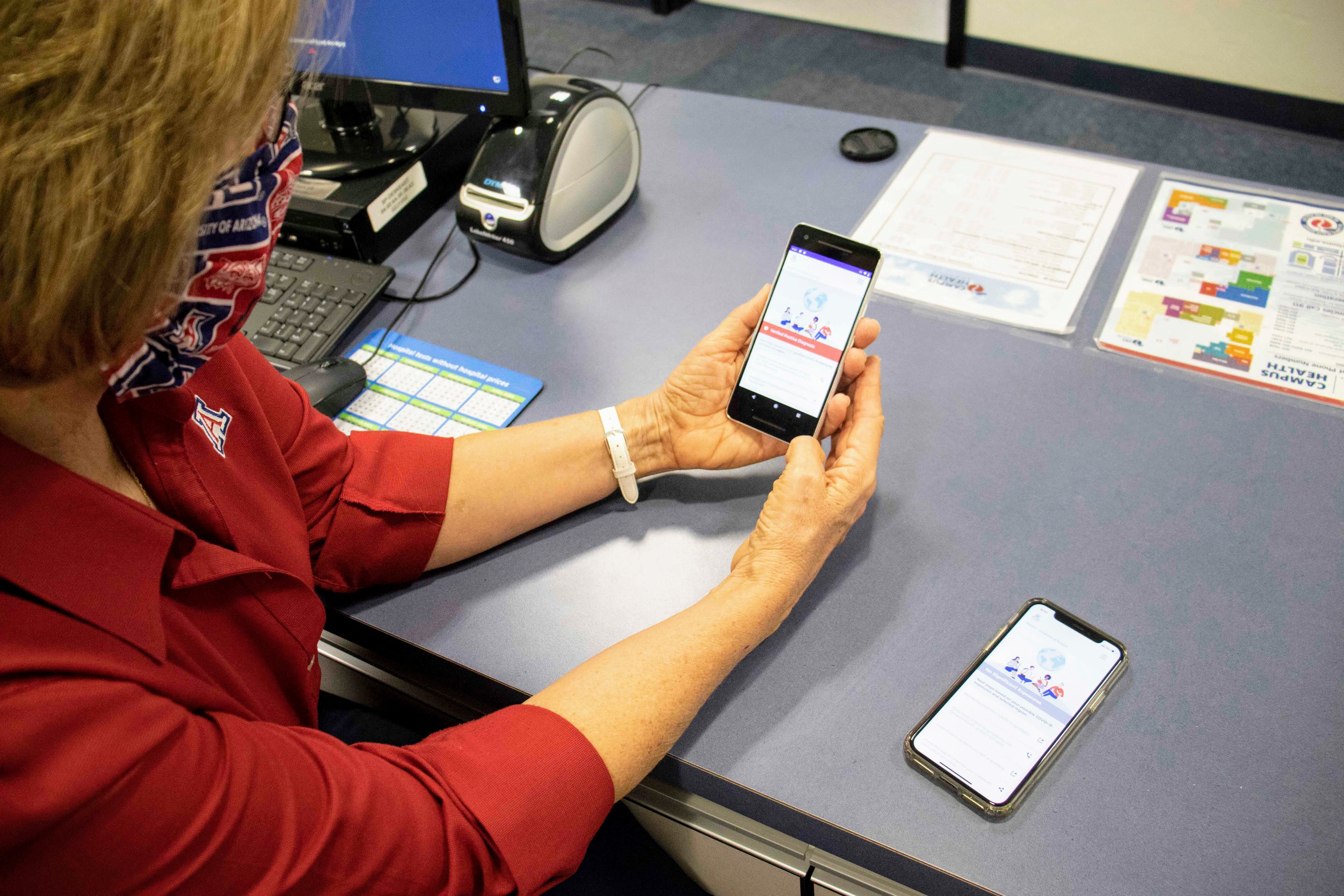
During a recent interview on NPR, Dr. Masel helped explain the risk scoring model, saying “So we've developed a new way of really getting a hold of how dangerous different interactions are. In general, you are most likely to pass on COVID right around the time that your symptoms start. That first day when you're ever so slightly under the weather, and you're not even sure whether you're sick yet - that must be the day that you pose the most risk to others. Five days in when you feel terrible, you might be actually much less danger to other people. So we quantify that. And we combine that information to figure out how dangerous it was.”
Accurate identification of exposures is critical to identify the people that need to isolate and for the duration that they need to isolate. Exposure is assumed to occur when one individual inhales the air that the other has exhaled. For this reason, a critical risk factor is whether the individuals are face-to-face, such that the transmitter is breathing in the direction of the receiver. Face-to-face interaction, not just contact within a certain distance, is part of the WHO definition of a contact. We conducted a series of experiments designed to align the exposure risk formula in Covid Watch with the WHO’s definition of a “contact” – being in face-to-face contact within one meter of an infected person for 15 minutes or more OR in direct contact for any duration. 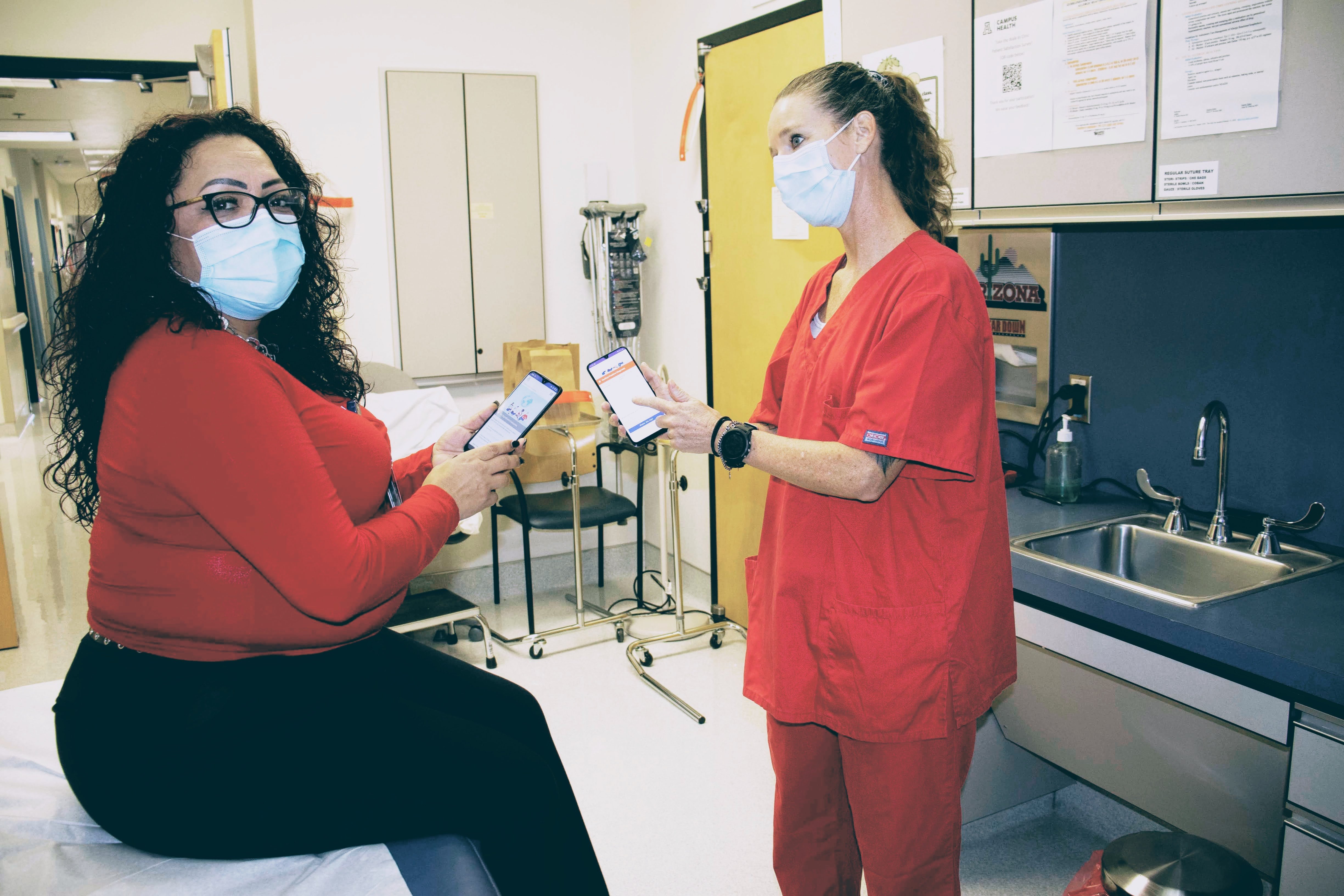
A series of tests were designed to ensure that exposure notifications were functioning as expected in an environment where users are moving about and coming into contact with each other as they would in their daily lives. Using devices of different generations and operating systems, hundreds of various real-life scenarios were mimicked by changing the position and orientation of the devices, including signal strength change between walls and floors. The results of the alpha test helped tune the parameters of exposure notifications within the Covid Watch app.
Our research-based approach to development allowed us to launch a one-of-a-kind, fully calibrated app ready for wide adoption. In its inception Covid Watch was built to help slow the spread of Covid-19 while protecting digital privacy; but through innovation with a trusted research partner, it’s now more than an exposure notification app–it’s a tool to fight the whole pandemic.
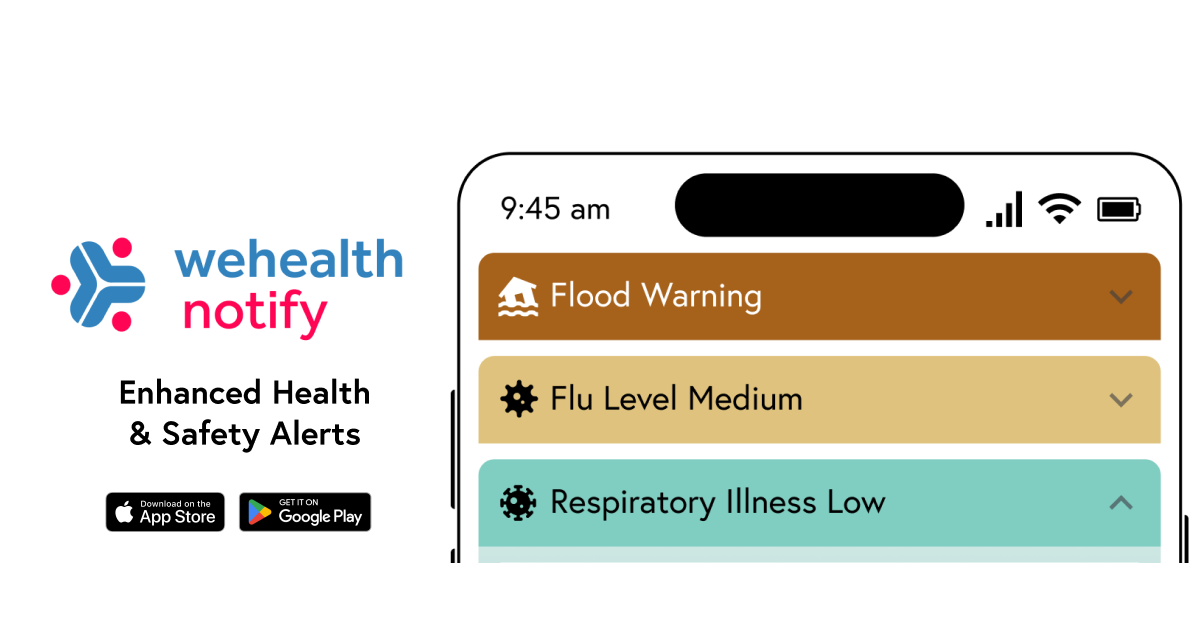
With the latest release today, Wehealth Notify now supports enhanced alerts for all 3,000+ counties & territories in the United States. Wehealth...
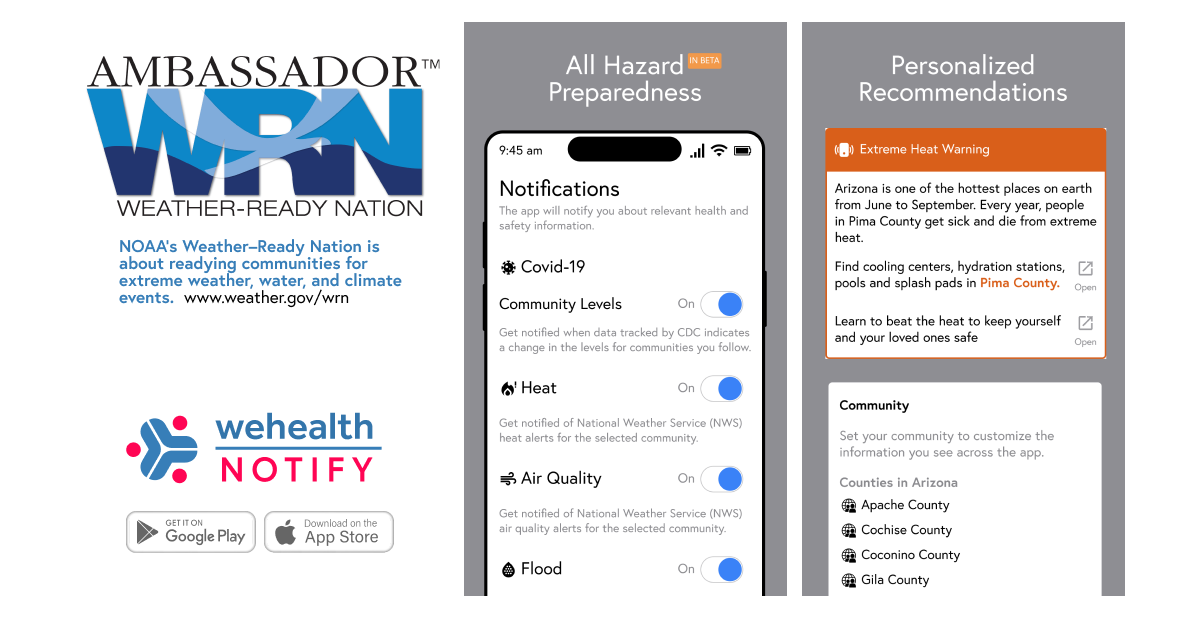
Wehealth is excited to be appointed as a NOAA Weather Ready Nation Ambassador. Weather–Ready Nation is about readying communities for extreme...
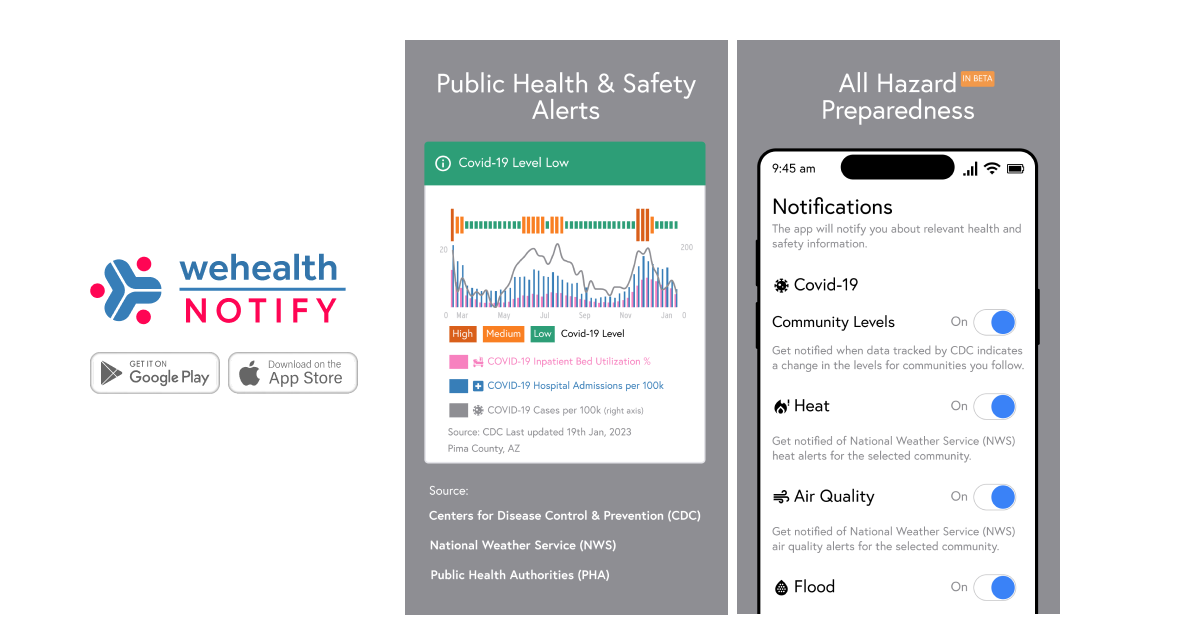
Apple and Google have decided to turn off the underlying exposure notification system currently used by Wehealth. This means that beginning on Sep...
